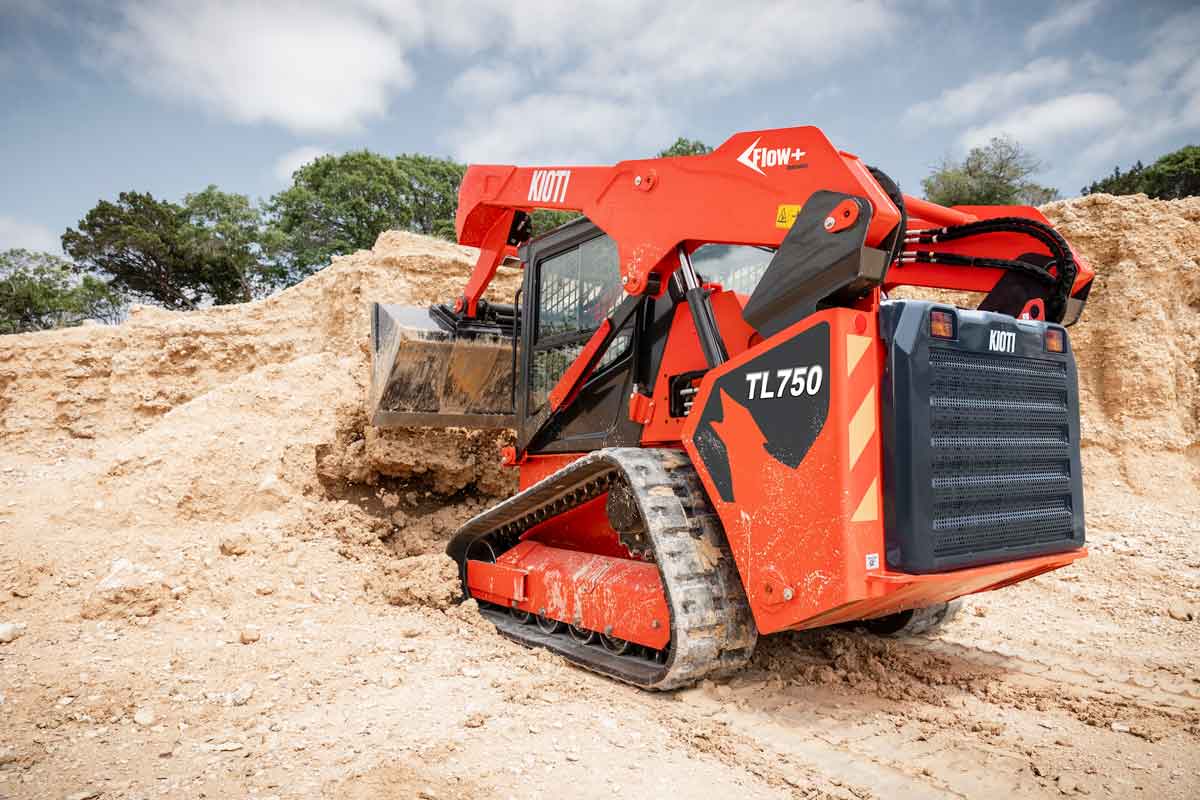Talking Shop: Routine Maintenance and Best Practices for skid steers
Daily and monthly procedures are crucial for the longevity of a skid steer loader, so it is important to ensure you have established a regular routine around caring for your machine. Establishing regular procedures increases productivity by maximizing uptime. Without a routine the machine can break down, costing you time and money, which ultimately is not good for your bottom line.
Circumstances such as machine, application and the hours placed on a machine vary, but there are daily and monthly procedures that apply to all skid steer loaders. Creating a regular routine of performing these procedures may not always be convenient, but bypassing it and having the machine break down on the job will feel even more inconvenient. Routine checks ensure that the machine will be ready to run when duty calls.
It is best to create a plan for both daily and monthly checkups and while I will address both, it is always good to consult your manufacturer’s operator manual whenever you are unsure of any maintenance you are performing.
Daily Checkups
Daily procedures start with visually inspecting and replenishing fluid levels. The main checkpoints are looking at the hydraulic oil, engine oil, coolant and fuel level. Other procedures in that same service area include inspecting the fuel water separator, adjusting fan belt tension and checking for any leakage around engine and hydraulic components.
Any damage from the previous day can easily be identified with a daily walk around the machine. Those inspection points include hoses, attachments, looseness in bolts, tires and machine decals for safety, just to name a few. Take advantage of the walk around by greasing all fittings at pivot points. Be sure to check air filters for contaminants and clean or replace if necessary as dust and particles can easily buildup throughout the week.
Tire inspection cannot be missed when performing daily procedures, especially in extreme heat or cold temperatures. Details to look for include any wear or damage to the tires, tire pressure, tread and the rims. This is crucial because jobsites can be tough on tires, some more so than others, but performing daily checks and keeping the tires at a properly inflated level will ensure life, stability and safe operation of the skid steer. Remember that the tires are the only cushion between the ground and the skid steer. The operator will immediately know if the tires are overinflated if the skid steer provides an extra bumpy ride because of excessive bouncing on the jobsite, while underinflated tires have less load-carrying capacity and are more prone to damage.
All of these daily procedures will be simplified by developing the habit of cleaning up the machine at the end of the day. Keeping the loader clean will help identify those problem areas that may otherwise be hidden by the buildup of materials.
Monthly Checkups
Establishing regular longer-term monthly procedures for your skid steer is no less important than the daily procedures. Monthly, as well as 250-, 500- and 1,000-hour intervals, typically require new filters and replacement fluids, so be sure to log how much time you utilize your skid steer in the field. The health of the engine is heavily influenced by regular oil changes. Consult the operator manual from your manufacturer, but a good number for oil changes is at the 250-hour maintenance interval. Another filter that needs checking at the monthly mark is the hydraulic fluid filter. Depending on the hours worked at the monthly mark, it is important to change the fuel filter and check chain case tension when close to the 500-hour mark. Replace the fluids every 1,000 hours, including the hydraulic oil, engine coolant and chain case oil.
Best Practices
Best practices for skid steer usage begin with understanding what the advantages of these loaders are. Skid steer loaders are undoubtedly one of the most versatile and least costly pieces of equipment, but if the loader is not suited for the application then productivity will decrease and operating costs will increase because of the additional wear on the machine. Skid steers excel in performance where the ground is flat and where its speed can be taken advantage of such as in large jobsites.
Understanding the differences between vertical- and radial-lift skid steers will also help match the machine to the job. Simply stated, a vertical-lift machine is ideally suited for lifting and loading applications because of its breakout forces and lift height. Radial-lift machines are more common in grading and digging scenarios.
Skid steers will and are ultimately meant to work hard for you, but some daily and monthly preventive measures are the machine’s best friend. While it can seem inconvenient, taking care of your skid steer will ultimately pay off for you in the long run. After all, maximum uptime equals profitability without having the costly downtime — and that is a good practice.





Comments are closed here.